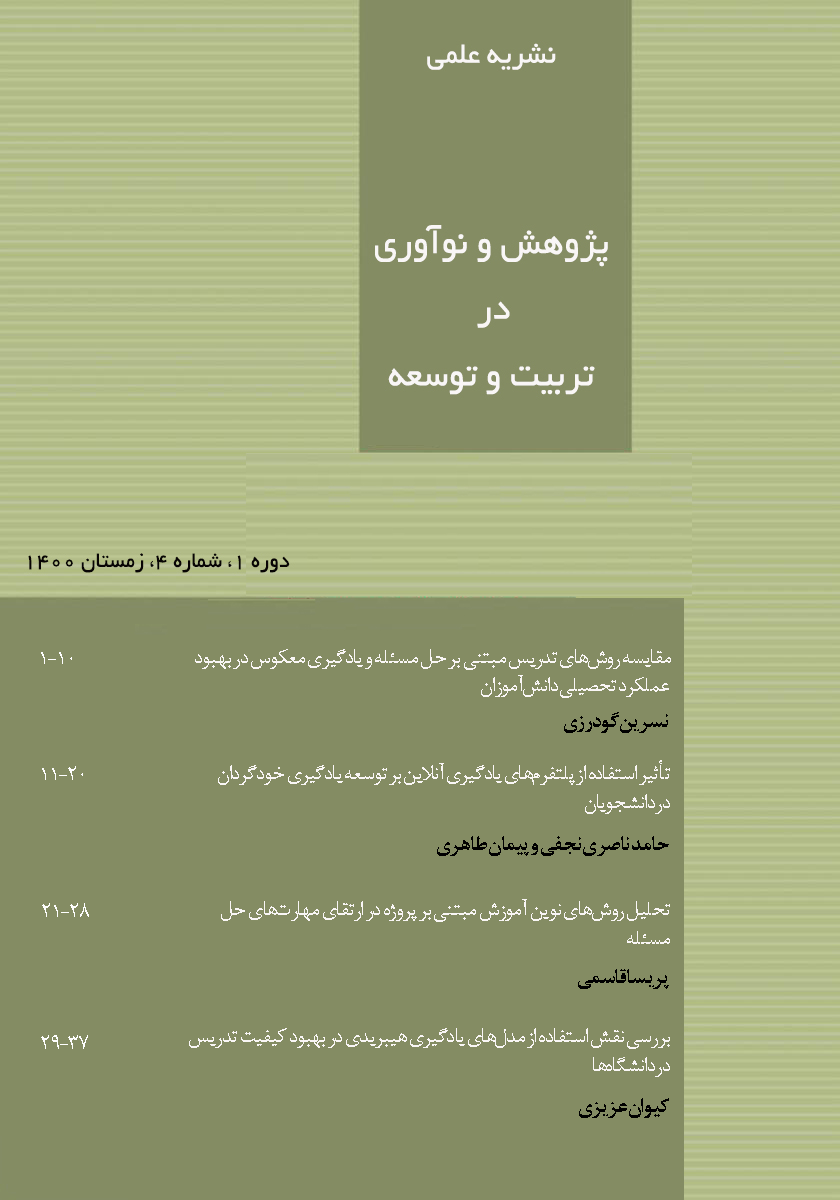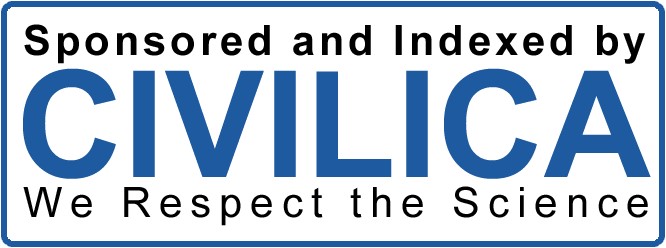Comparing Problem-Based Learning and Flipped Learning Methods in Enhancing Students' Academic Performance
Keywords:
Problem-Based Learning, Flipped Learning, Student Performance, Descriptive Analysis, Science EducationAbstract
This article investigates and compares two contemporary teaching methods: Problem-Based Learning (PBL) and Flipped Learning (FL), focusing on their impact on students' academic performance. The study employs a descriptive analysis method, reviewing relevant literature to evaluate the strengths and weaknesses of each approach. PBL emphasizes critical thinking and analytical skills by engaging students with real-world problems, thereby enhancing their problem-solving abilities and deepening conceptual understanding. FL, on the other hand, reverses traditional teaching roles, enabling students to learn independently outside the classroom and use class time for practical activities and discussions. The findings indicate that both methods have significant positive effects on student performance, but each has distinct advantages depending on the educational context. The study concludes that combining these two methods may yield the most effective results, particularly in subjects requiring both conceptual understanding and problem-solving skills, such as science education. Practical recommendations for implementing these methods and suggestions for future research are also provided.
Downloads
References
سپهری، ف. )1۳۹۸(. تأثیر روش های تدری س فعال بر عملکرد تحصیل ی دانش آموزان. فصلنامه پژوهش در نظام های آموزش ی،
.۴۵-۶2 ،)2(۳
زین العابدین ی، م،. و همکاران. )1۳۹۹(. بررسی تأثیر روش تدریس مبتنی بر حل مسئله بر ی ادگی ری دانش آموزان. مجله
مطالعات تربیت ی، ۵)1(، .۳۴-۵0
مهدوی، ح،. و همکاران. )1۳۹۷(. چالش های پ یاده سازی روش تدری س مبتن ی بر حل مسئله در مدارس. نشریه آموزش و
پرورش، 2) ۳(، .22-۳۶
Bergmann, J., & Sams, A. (2012). Flip your classroom: Reach every student in every
class every day. International Society for Technology in Education .
Bishop, J. L., & Verleger, M. A. (2013). The flipped classroom: A survey of the
research. In ASEE national conference proceedings, Atlanta, GA (Vol. 30, No. 9, pp. 1-
.
Boud, D., & Feletti, G. (1997). The challenge of problem-based learning.
Psychology Press .
Jonassen, D. H. (2011). Learning to solve problems: A handbook for designing
problem-solving learning environments. Routledge .
Karabulut-Ilgu, A., Jaramillo Cherrez, N., & Jahren, C. T. (2018). A systematic
review of research on the flipped learning method in engineering education. British Journal
of Educational Technology, 49(3), 398-411.
Downloads
Published
Submitted
Revised
Accepted
Issue
Section
License

This work is licensed under a Creative Commons Attribution-NonCommercial 4.0 International License.











